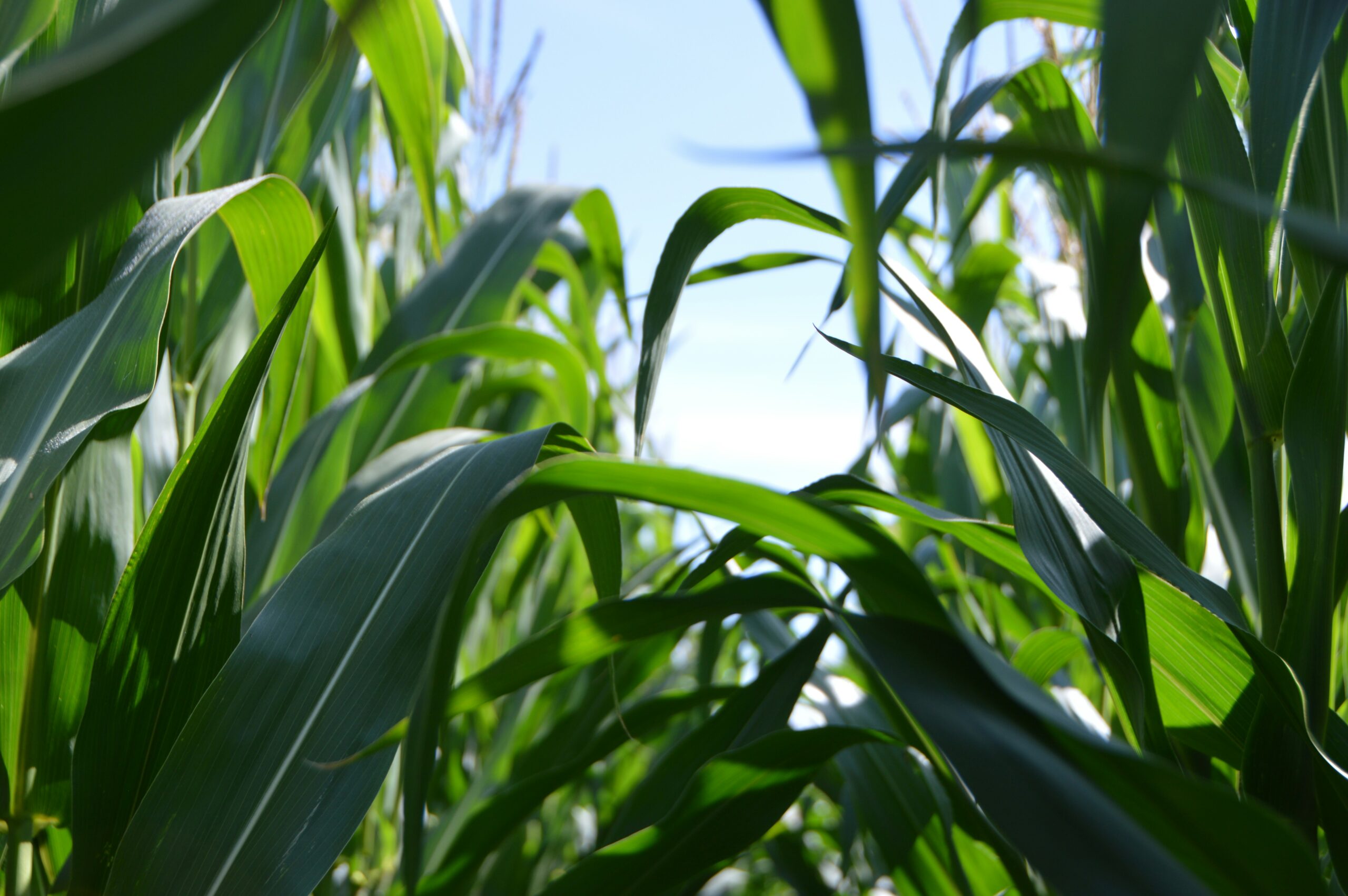Overview: A Vision for Smart Agriculture Agriculture is evolving, and the adoption of Smart Factory solutions is a major driver of this transformation. This case study showcases how one farm strategically implemented these solutions to streamline operations and future-proof their business.
Problem Statement: Challenges in Modern Agriculture
Today’s farms face several challenges:
- Demand Variability: Fluctuations in demand require flexibility and responsiveness.
- Quality Control: Consistently delivering high-quality products is a priority.
- Resource Optimization: Efficient use of resources is essential for sustainability.
The Solution: A Phased Implementation of Smart Factory Systems
This farm opted for a phased approach, ensuring that each aspect of the Smart Factory solution was tailored to their specific needs. Here’s a breakdown of the implementation process:
- Phase 1: Focus on Productivity, Quality, and Warehousing
- Introduction of production management systems for enhanced transparency.
- Automation of quality tracking to catch issues early in the process.
- Phase 2 and 3: Scheduling and Conveyance Tracking
- Implementation of advanced scheduling to streamline production based on demand.
- Integration of a conveyance tracking system to monitor materials from production to shipping.
- Phase 4: AMR Integration and IoT Controls
- Deployment of AMRs to handle logistics and reduce cycle times.
- Use of IoT and AI for real-time monitoring and predictive maintenance, allowing the farm to adjust operations proactively.
Results: A Future-Ready Farm
The phased implementation enabled the farm to improve productivity, enhance quality, and optimize resource use. As the final stages unfold, the farm is well-positioned to remain competitive and sustainable, capable of meeting future demands with confidence.
Conclusion
This case study illustrates the transformative power of Smart Factory solutions in agriculture. By adopting a phased approach, the farm successfully modernized its operations, demonstrating how technology can elevate efficiency, sustainability, and overall success in farming.




